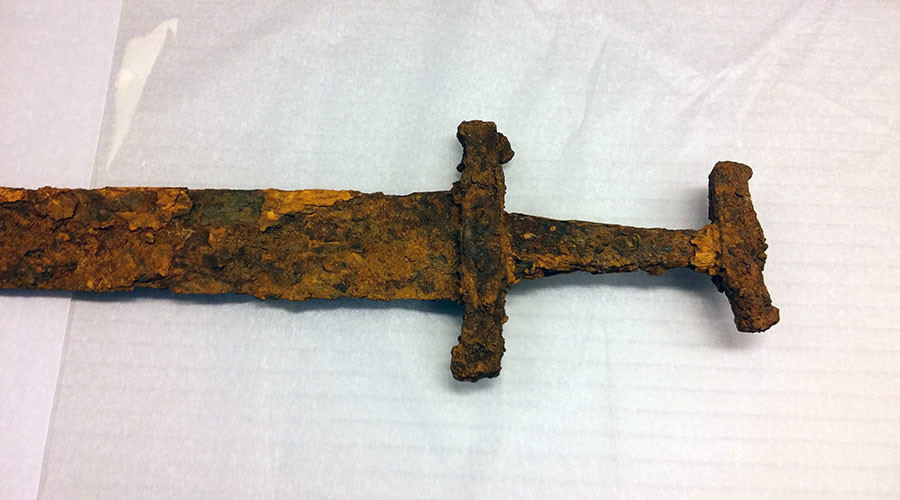A new archaeological excavation in Denmark reveals the remains of graves and buildings that span the Stone Age, Bronze Age, the Vikings, and right up to the Middle Ages.
Archaeologists are busy unearthing the traces of three thousand years of activity at Silkeborg, west Denmark.
Excavations have already revealed pit-houses, which were typically used as workshops during the Viking era, and residential homes in the so-called Trelleborg style (see Fact Box), together with several graves.
At least two of the graves could have accommodated high-status Vikings.
“There’s been activity here at least since the Stone Age,” says one of the archaeologists involved in the dig, Maria Thiemke, from the Silkeborg Museum, Denmark.
“There’s at least 14 houses and five graves from the Stone Age, Bronze Age, right up until the Middle Ages,” says Thiemke.
Read the rest of this article...
